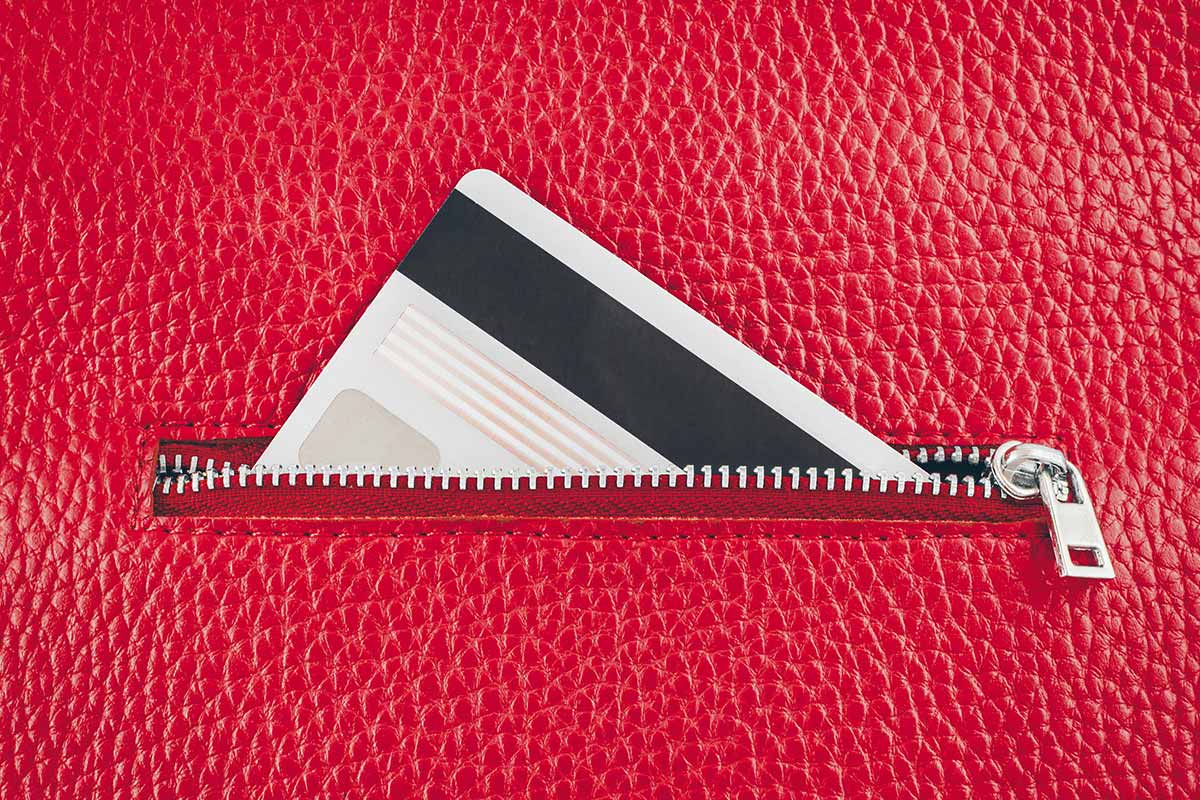
The Easiest Way to Pay Off Credit Card Debt
Whether it's due to an education, car, medical emergency or new home, almost everyone carries some amount of debt in their lifetime. For some people, debt is approached with careful planning, while for others, debt can accumulate faster than expected.
The good news is that no matter how much debt you have, paying off your credit card can be manageable with the right approach. For most people, the best way to pay down credit cards is to start with the lowest balance and work your way up. However, there are other tactics you can take as well.
So if you’re celebrating the achievement of a life-changing goal or you just want to get control of your finances, Mountain America Credit Union is here to help you focus and find the best way to pay off credit card debt.
Key takeaways
Create a credit card repayment plan
Stop adding to your debt
Follow the debt snowball method
Follow the debt avalanche method
Find ways to earn more
How do you pay off credit card debt?
First, the most important step to achieving this goal is a plan. If you don't plot out the steps in detail, your efforts to pay down your credit cards will be unorganized and maybe even duplicated. Begin by tracking every dollar you spend for a full month. This will be your baseline. When you’re ready to sit down and review your spending, gather the following materials:
Calculator
Copies of income statements, bills and loan statements (printed or online)
Paper and pen
Computer
Now you can put your credit card repayment plan into action.
Step 1: Add up what you owe on all credit cards.
Use a spreadsheet, a piece of paper or an online budgeting tool to get started. List all your credit cards and the current balances, with a total balance at the bottom. Add in columns for the interest fee and due date for each card. Knowing exactly what you owe is a good start to figuring out how to pay off credit card debt fast.
Having all your credit cards listed out like this on one document will make it easy to see what needs to be paid and where you are in the process.
Step 2: Stop adding to your debt.
When it comes to credit card debt and interest fees, making the minimum credit card payment isn't going to be enough. Take a long, hard look at your recent charges and try to find out where you can cut back on nonessential spending. This means eating out less and cooking more, opting for a Netflix night instead of the movie theater or cutting back on your daily coffee runs.
Getting out of credit card debt isn't easy, but making a few life changes can make a credit card repayment plan a whole lot simpler.
Step 3: Tally up your essential monthly expenses.
Once you've made your cuts on nonessential spending, you can organize your necessary expenses. Using the same spreadsheet, paper or app as before, calculate your living expenses like food, shelter and gas.
Add those together and make a note of the total.
Step 4: Determine what you can pay toward your debt.
Add up your income—including your main job, freelance gigs, child support and any other sources—and deduct the living expenses you tallied in Step 3. Strive to put a large portion of whatever is leftover toward paying off credit card debt.
In some months, allocating money to debts will be easy. In others, figuring out how to find the money in your budget to pay off credit card debt could be a little trickier. The important thing to remember is that the best way to pay off credit card debt is to do it consistently. Try to pay a set amount each month and pay a little extra when you can.
Step 5: Strategize your payoff plan.
There are a couple of ways to pay down credit cards. Different financial experts may provide different advice, but many people opt to start with the lowest debt first. Achieving that goal could give you the motivation you need to tackle the others. Put as much money toward the credit card with the lowest debt while paying only the minimum payment on the others. Once that first debt is paid off, apply that payment amount to the next debt (add it to the existing minimum payment) to get it paid off faster. This payoff method is known as the Debt Snowball since the payments are rolling over and gradually increasing as each debt is paid off.
Others prefer to start with the credit card that charges the highest interest fees. This method will save you more money in the long run. Once you’ve paid down the credit card with the highest interest rate, apply that payment amount to the debt with the next highest interest rate. The rolling payments in this credit card repayment plan grow faster than the Snowball method, so this approach is often called the Debt Avalanche which can help eliminate debt more quickly than other options. Ultimately, it's up to you to decide which method will keep you inspired.
Step 6. Search for deals.
A credit card with a balance transfer offer could be a great option to help you reduce or even consolidate credit card debt. Compare balance transfer fees, interest rates and annual fees. Read the fine print to make sure you understand all the terms. If you find one that makes sense and has a lower interest rate than your current card, apply and make the transfer.
After you complete the balance transfer, be careful not to run up charges on your original credit card since your previous balance (or at least a large portion of it) will have been transferred over. Better to designate it for emergencies or use it only for those charges you can pay off immediately.
Step 7: Step up your credit card repayment plan.
Many people do not have the financial means to pay off their credit cards in full every month. Setting up a debt payment plan is more realistic and comfortable for most, making it one of the best ways to pay off credit card debt.
Focus on one credit card at a time—prioritize them by the highest interest rate to the lowest or from the smallest balance to the largest, whichever works best for you. From the total amount of money you’ve earmarked for your credit card payments (determined in Step 4), organize your plan so the largest chunk goes to the card with the highest interest. The second highest should get something less, but still more than the minimum payment and then any other cards should just get the minimum payment. Continue like this until your debt has been paid off. Keep in mind the time frame of any low-interest introductory periods on your credit cards, as an interest hike could increase your overall debt and impact your repayment plans.
Step 8: Increase your income.
Cutting back on unnecessary expenses is only half of the process. Maximize your budget by exploring ways to increase the money coming in too. Consider selling unused items, booking freelance jobs, picking up side gigs on sites like Taskrabbit or Fiverr, or turning your hobby into an additional income stream.
Now that you know how to pay off credit card debt, create a plan and make it happen! Paying off your debt is an amazing way to plan for your future—and it’s completely doable. All it takes is commitment, dedication and a focus on why you’re doing it. If you begin to feel overwhelmed at any point, consider talking with a financial professional who can help you devise a plan to achieve your financial goals.
Related Articles

First Comes Your Emergency Fund

